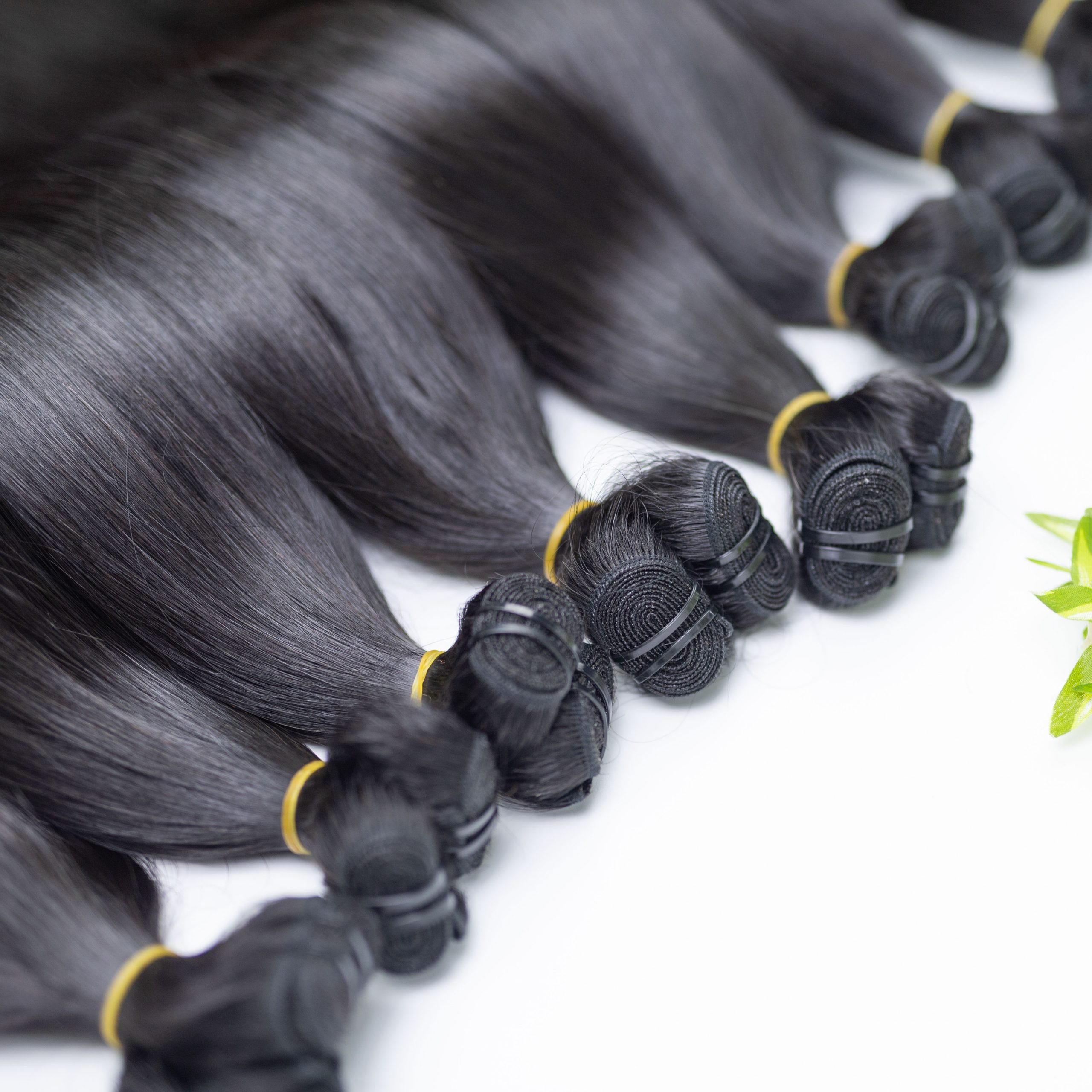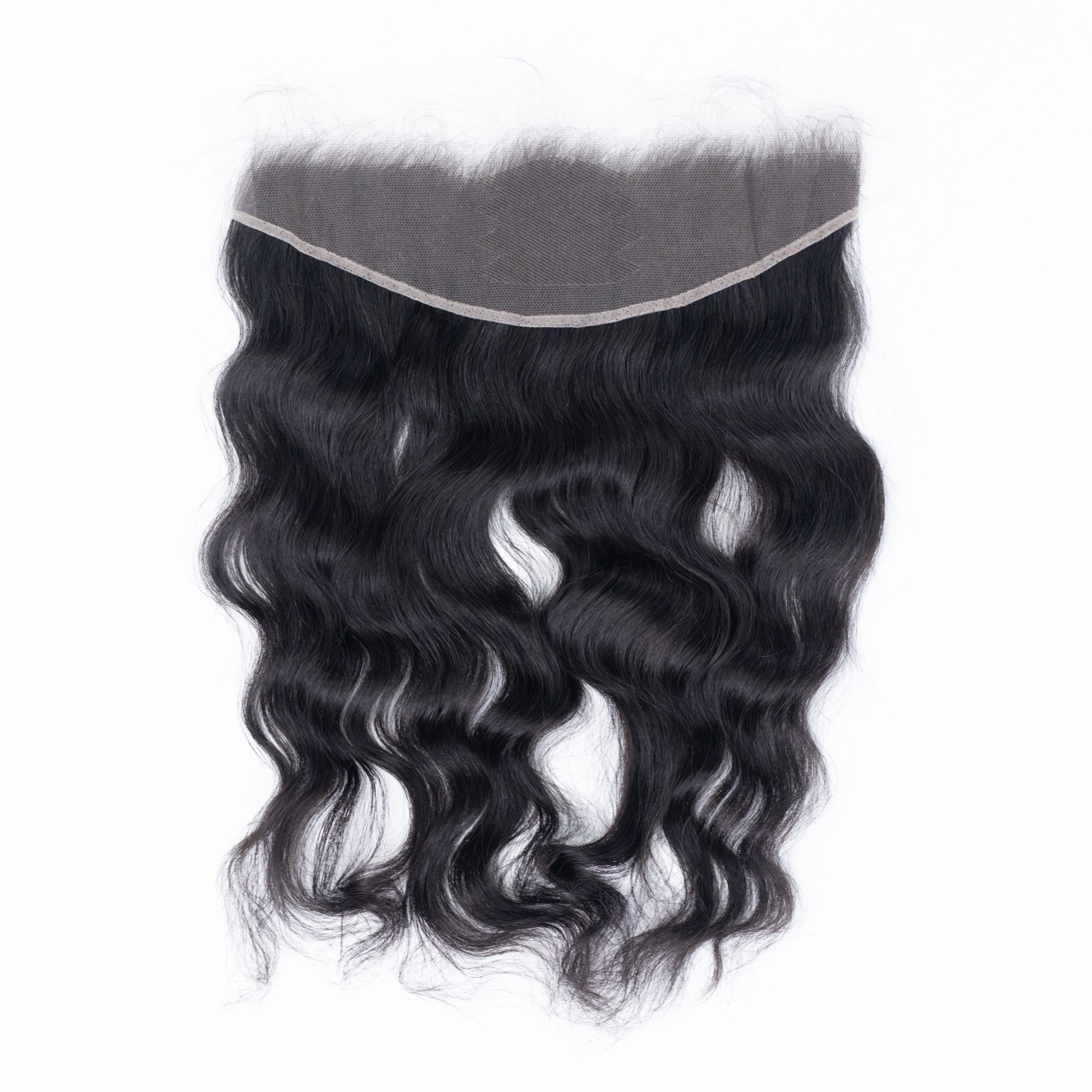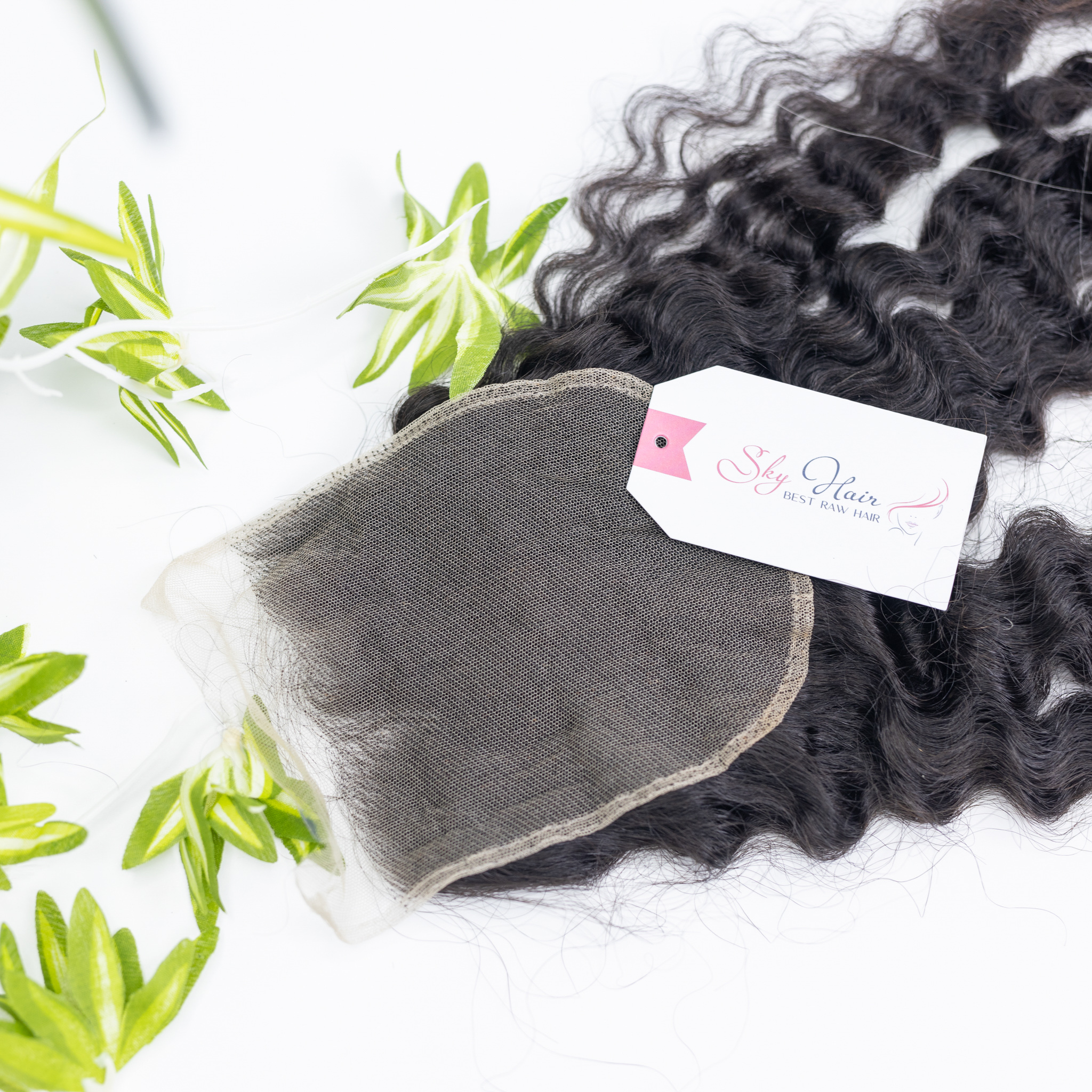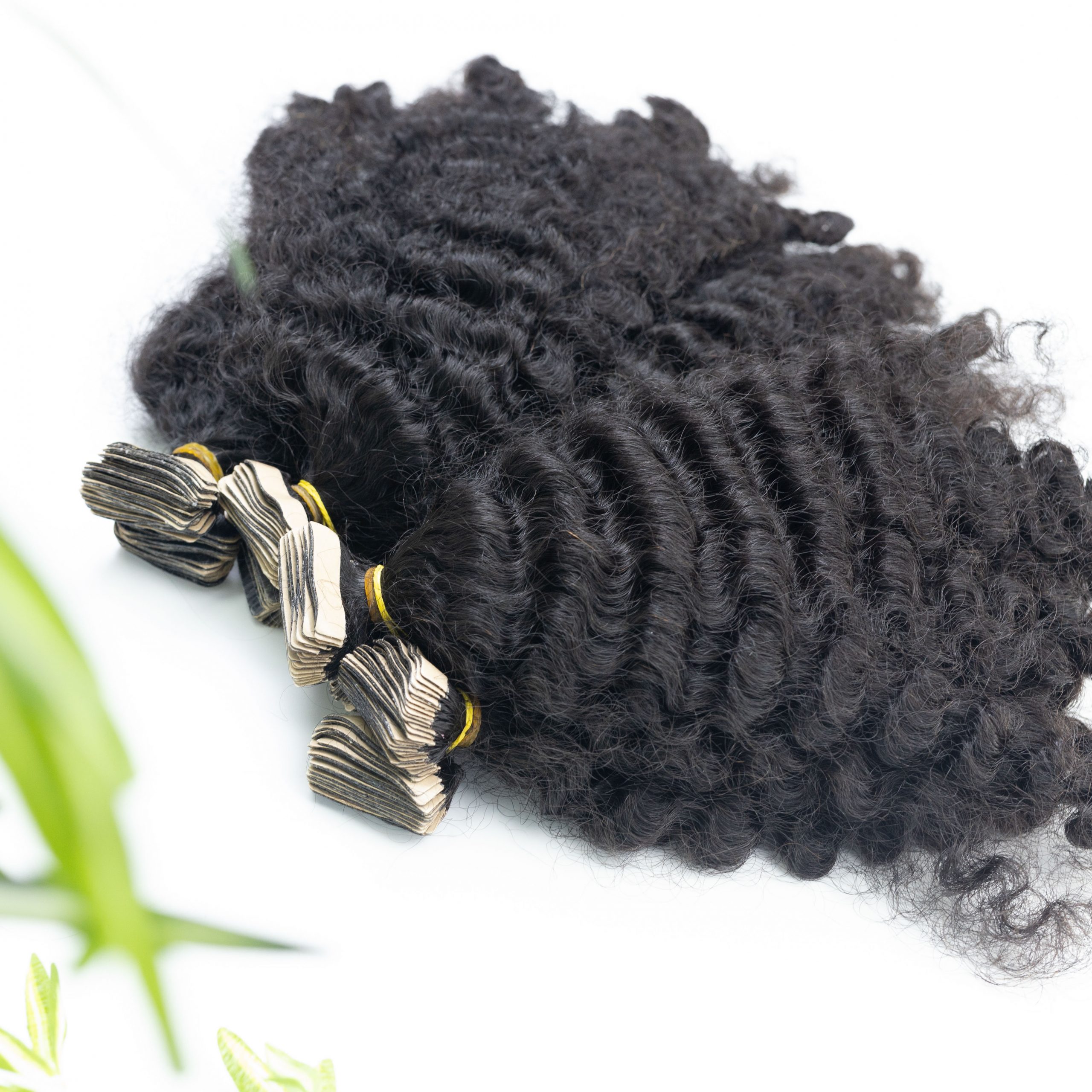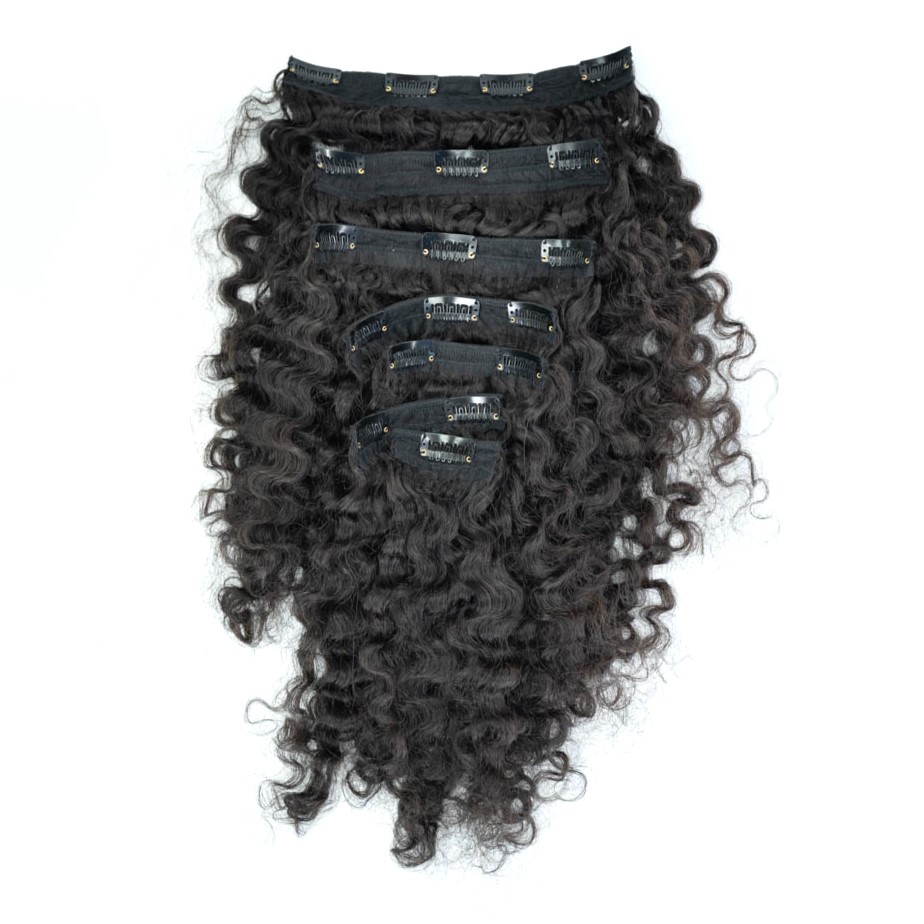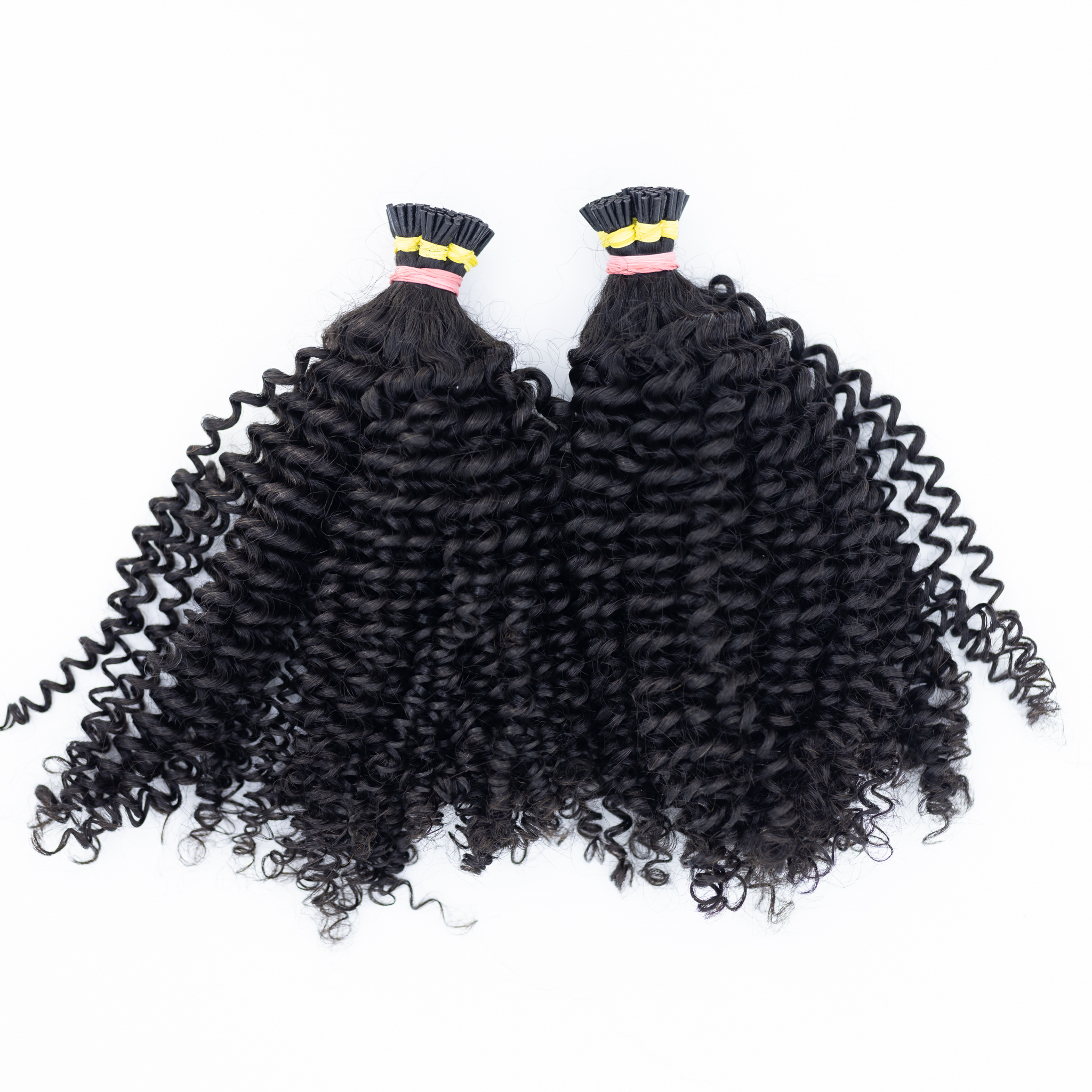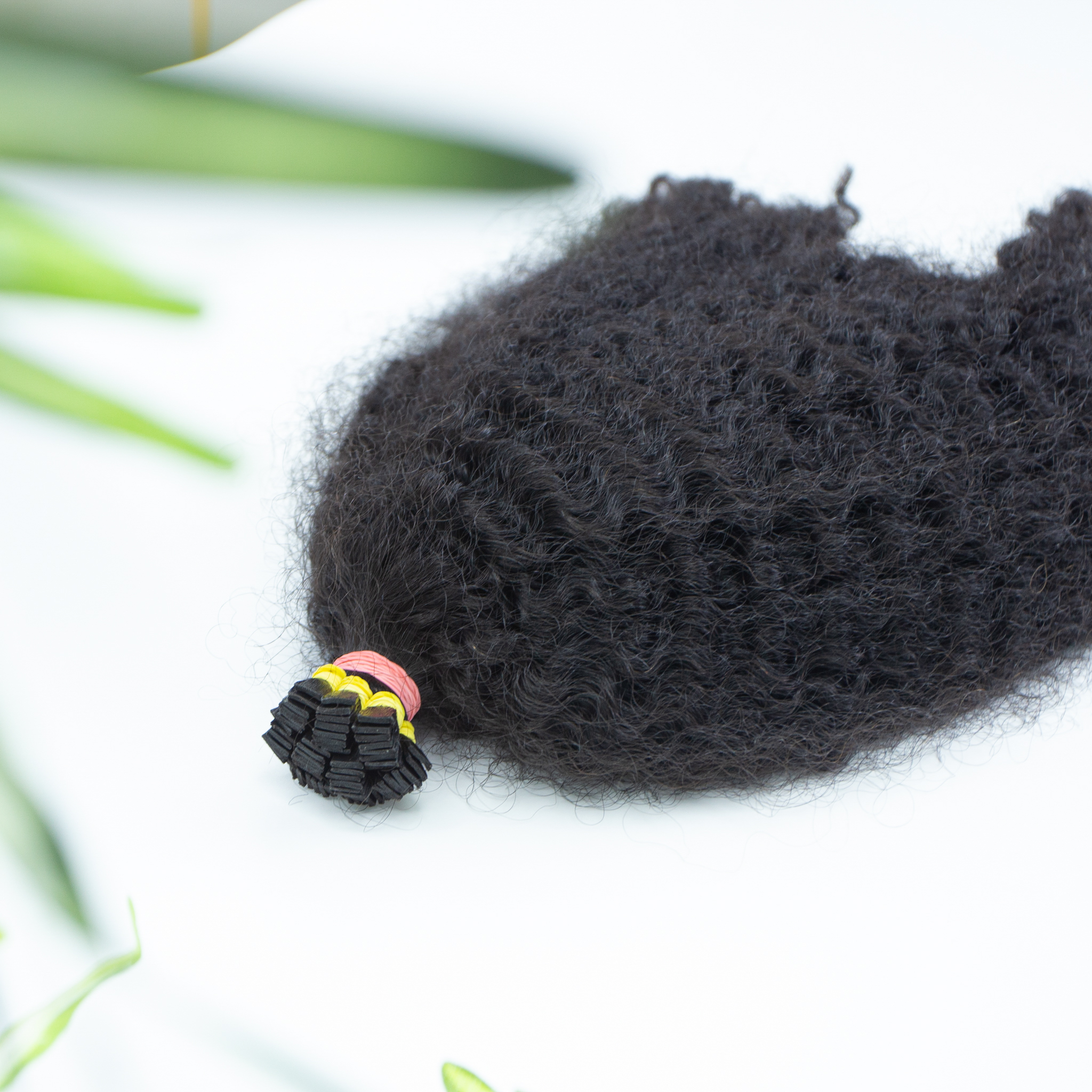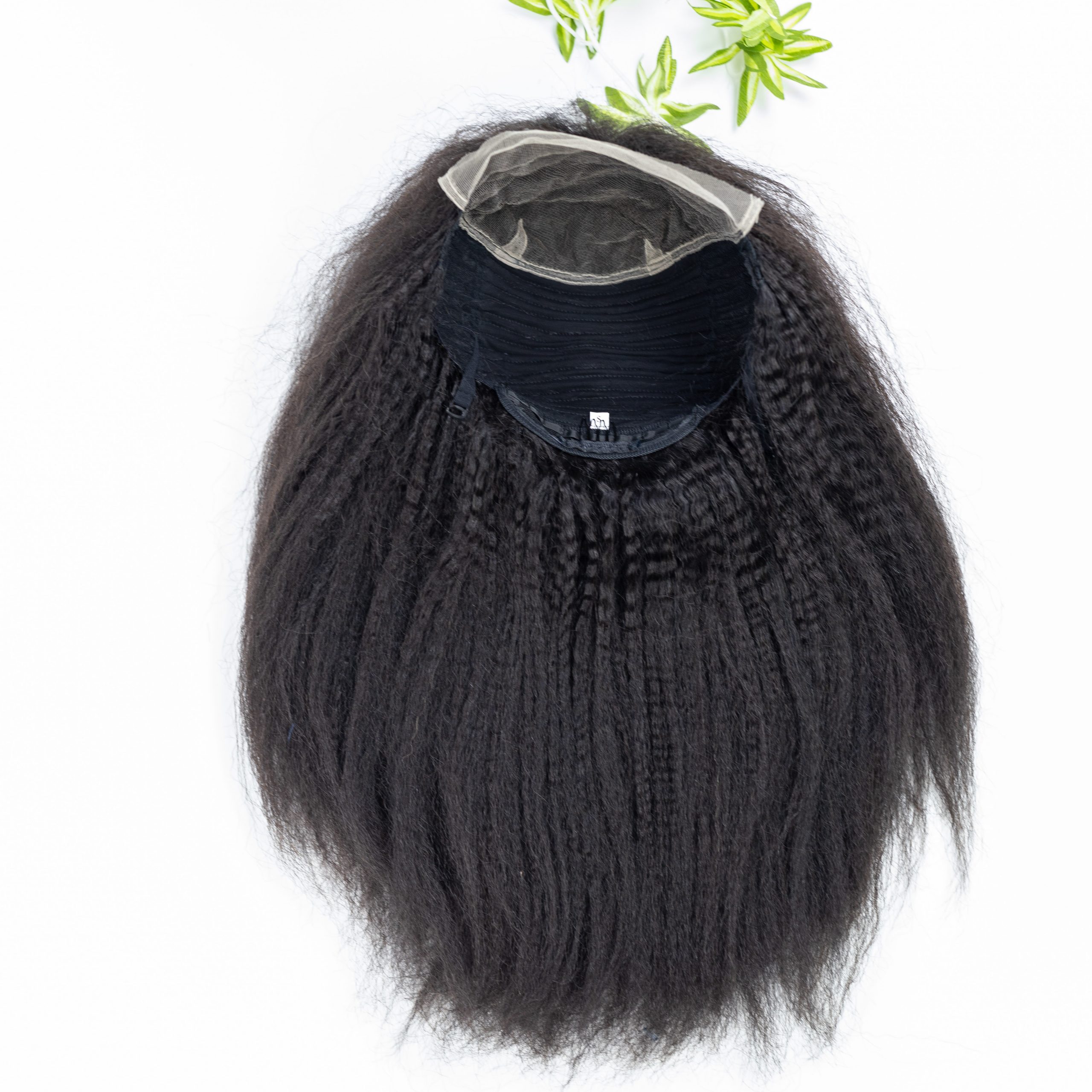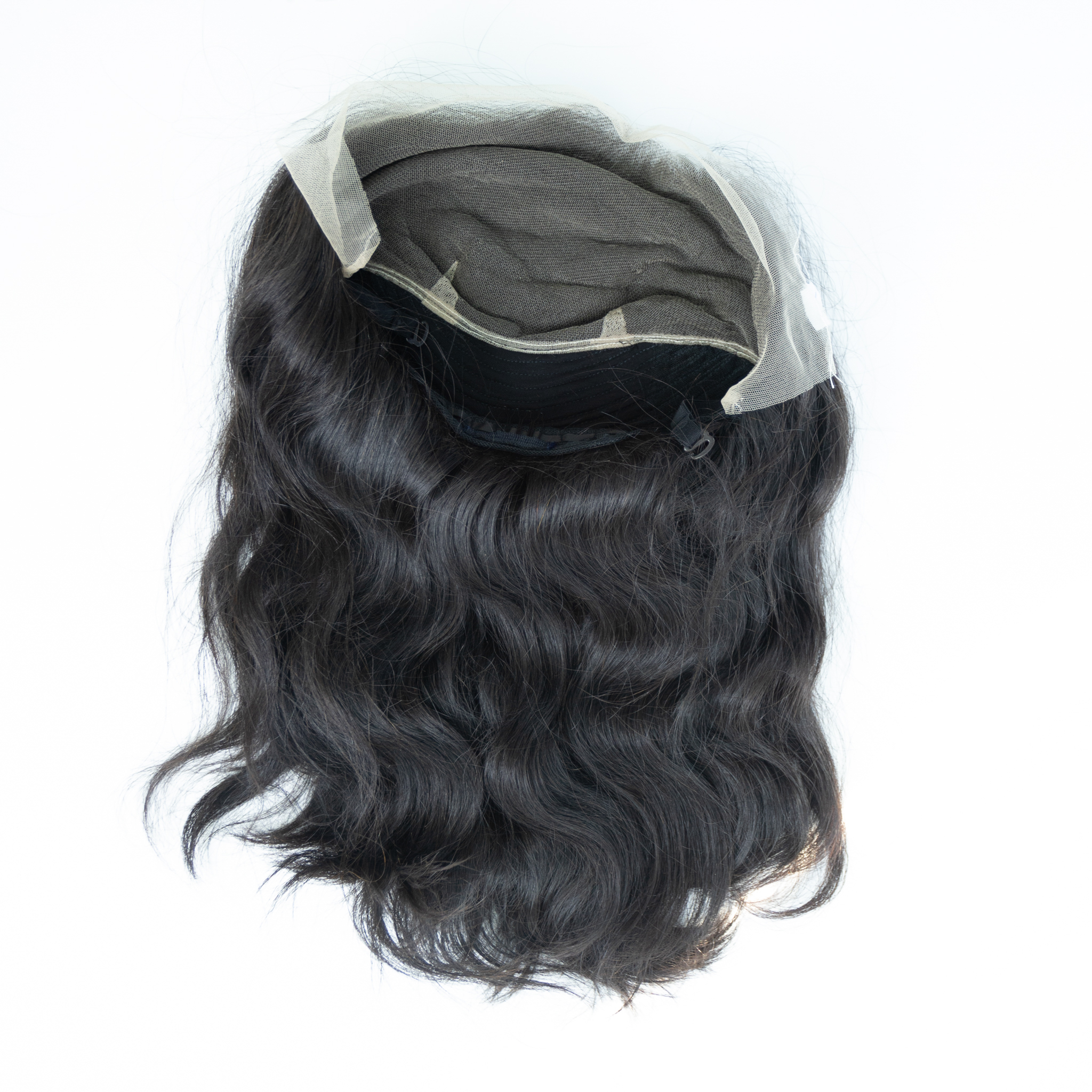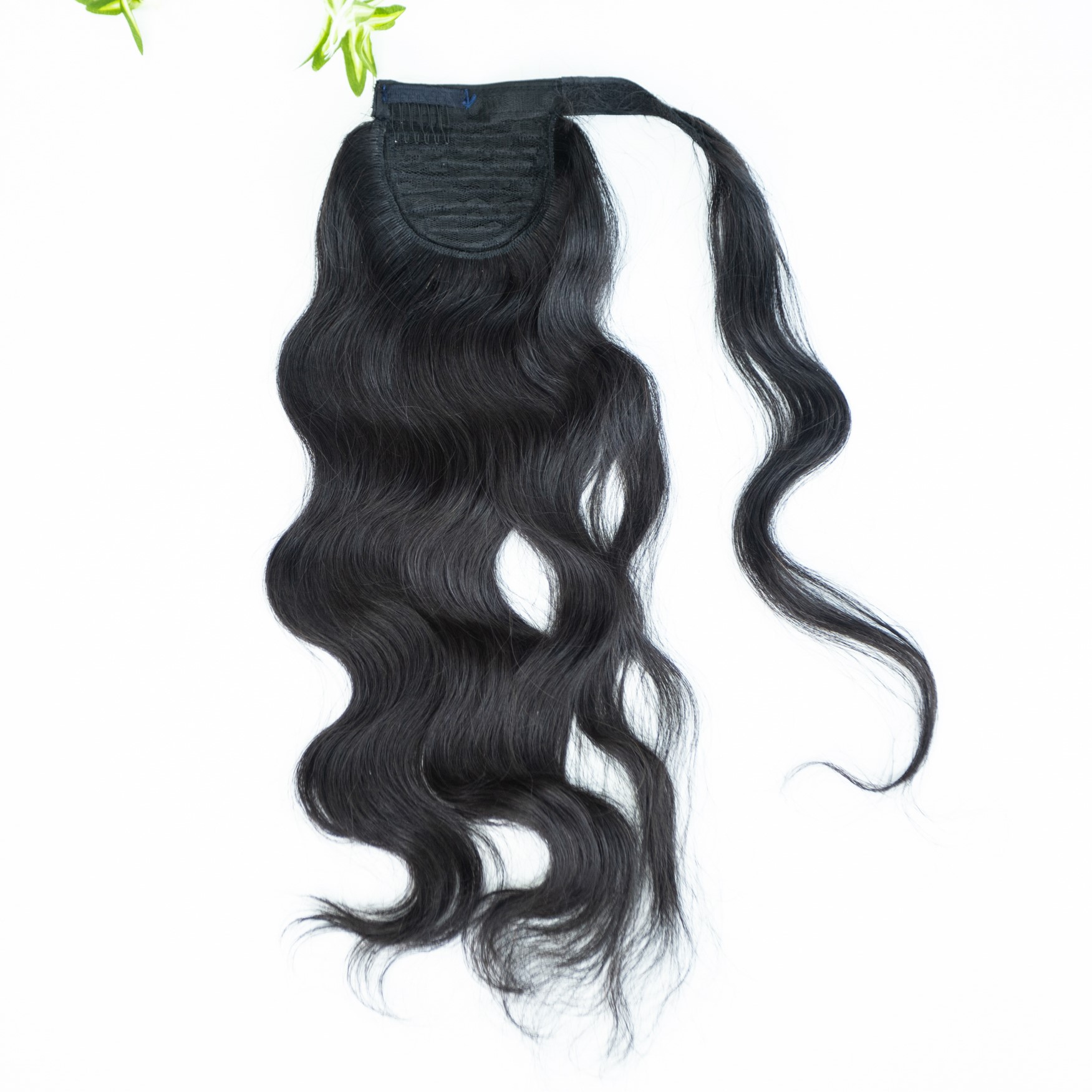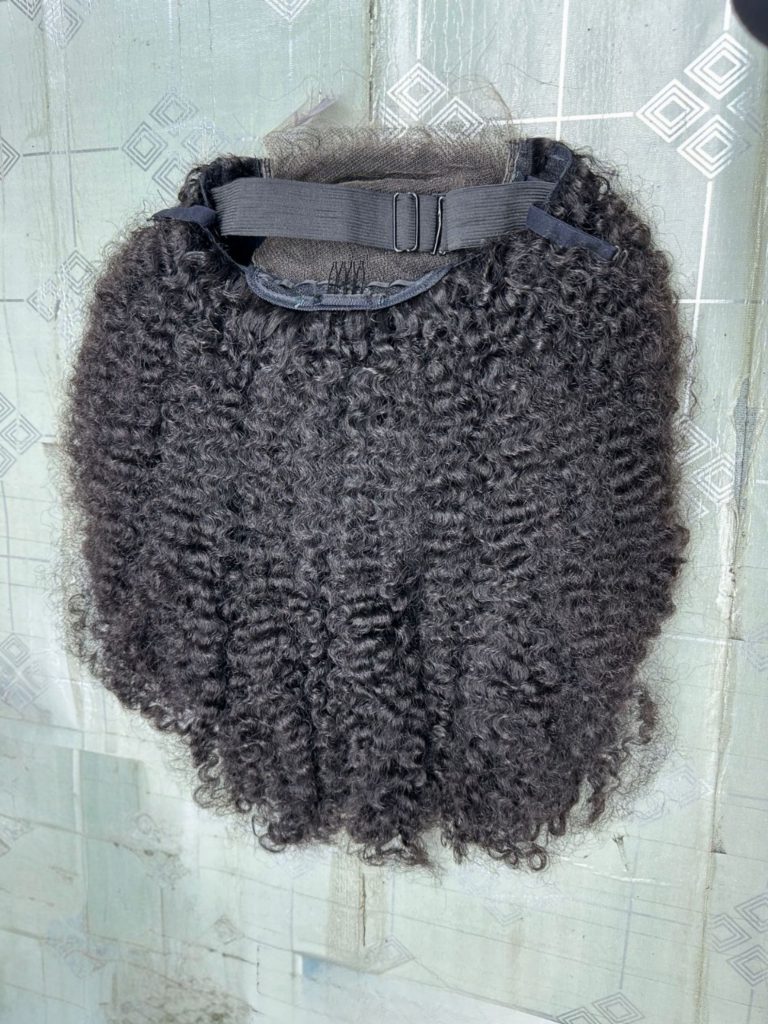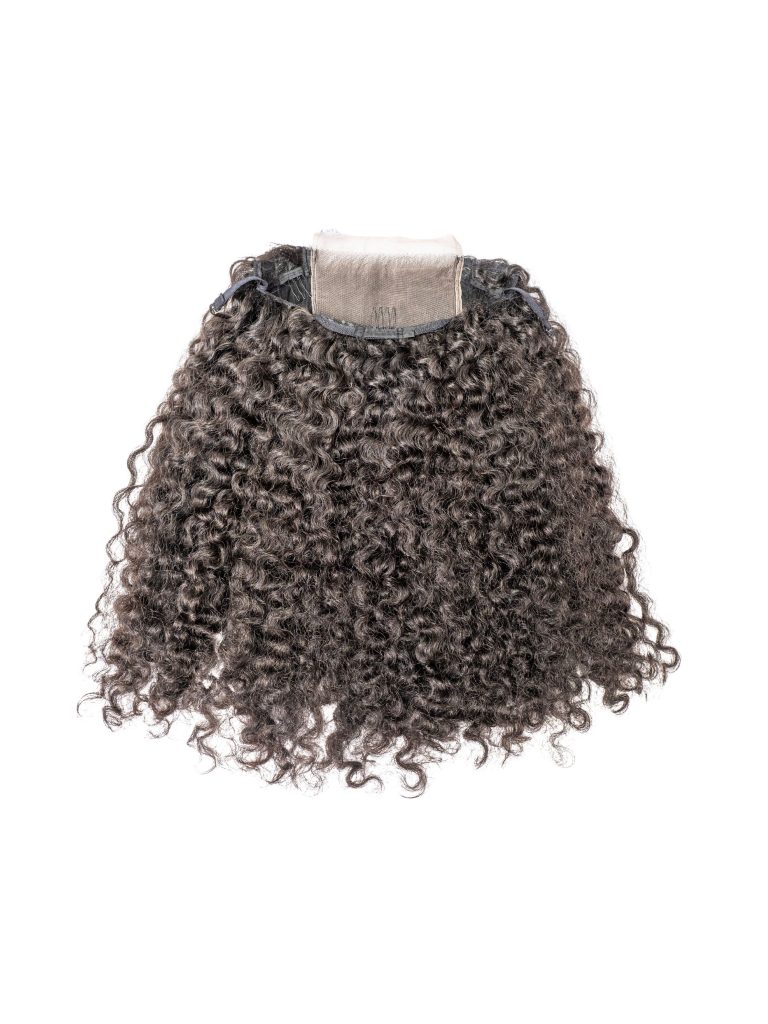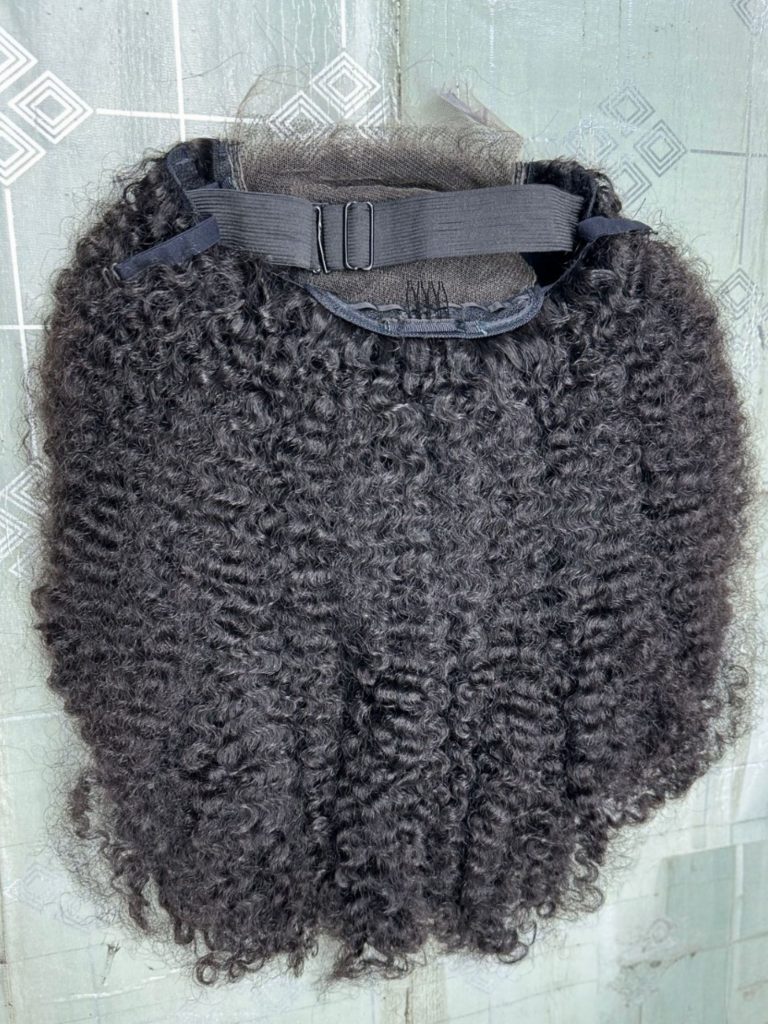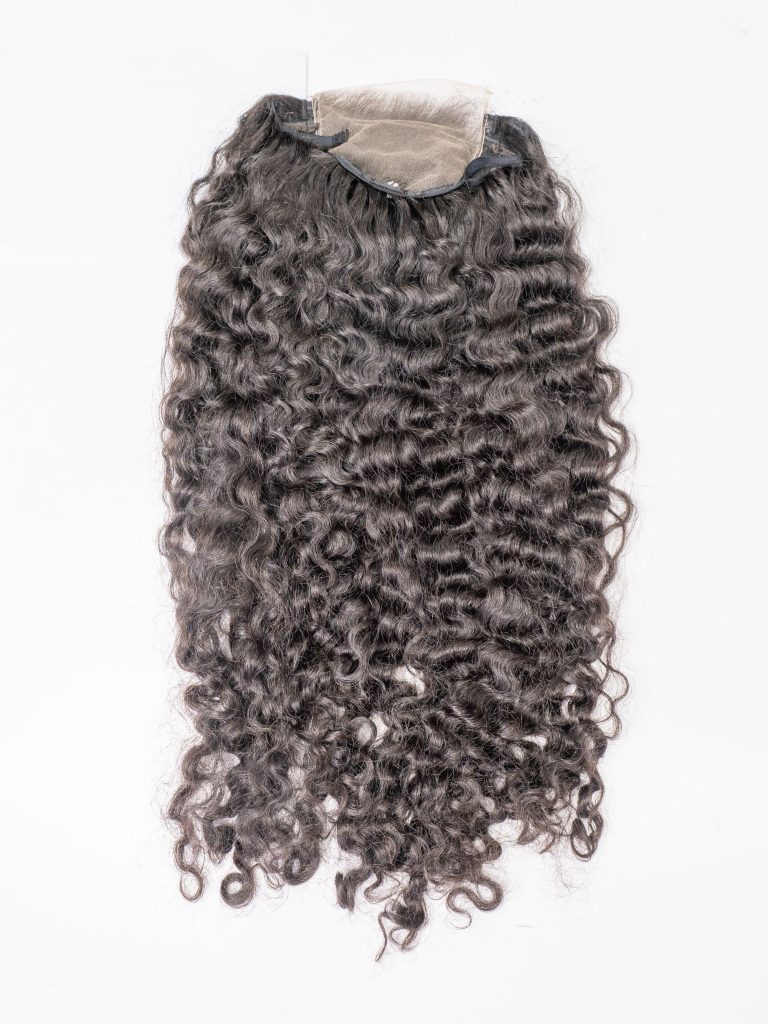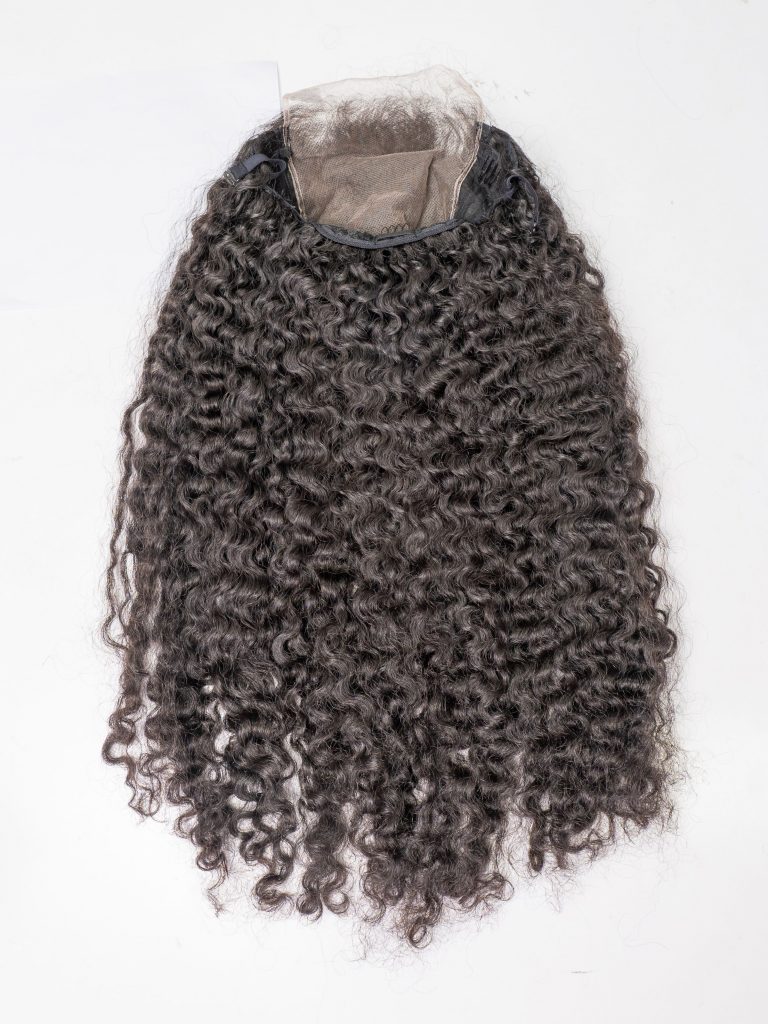The dream of flowing, cascading hair is a common aspiration. Many individuals seek longer, more voluminous locks, but natural growth can be frustratingly slow. Hair extensions offer a solution to this age-old problem, providing an instant boost to length and thickness. However, before diving into the world of extensions, a crucial question arises: “What is the cost of hair extensions at a salon?”
This article delves into the intricacies of hair extension pricing, exploring the various types of extensions available and the factors that influence their cost. By the end of this comprehensive guide, you will have a clear understanding of the investment required to achieve your desired hair goals.
Types Of Hair Extensions
Clip-in Extensions
Clip-in extensions offer a flexible and temporary solution for those seeking added length and volume. These extensions are easily applied and removed, making them ideal for special occasions or everyday wear. Available in a wide range of lengths, colors, and textures, clip-in extensions provide versatility and convenience. However, it’s important to note that they may require removal at night and prolonged wear can lead to discomfort.
Tape-in Extensions
Tape-in extensions provide a semi-permanent solution for those seeking a longer-lasting hair transformation. These extensions are applied by attaching small wefts of hair to the natural hair using adhesive tape. The low-maintenance nature of tape-in extensions allows for easy styling and sleeping. However, they require reapplication every 6-8 weeks and may not be suitable for individuals with sensitive scalps.
Fusion Extensions
Fusion extensions offer a long-term solution for those seeking a dramatic hair transformation. These extensions are attached to the natural hair using heat-sealed keratin bonds. This method creates a seamless, undetectable look that can last up to six months. Fusion extensions require minimal maintenance and are gentle on the natural hair. However, they are a significant investment and the application process can be time-consuming.
Human Hair Extensions
Human hair extensions represent the pinnacle of hair extension quality. Crafted from real human hair, these extensions can be styled and treated just like natural hair, resulting in an incredibly natural appearance. While human hair extensions offer unparalleled realism, they are the most expensive option and require more diligent care than synthetic hair extensions.
The Average Cost Of Hair Extensions
The average cost of hair extensions can vary significantly depending on the type of extension, the length and thickness of the hair, and the quality of the hair used. It’s essential to understand the pricing structure before diving into the world of hair extensions.
Clip-in extensions, the most temporary and easily removable option, typically range from $100 to $700. This price range accounts for factors such as the number of clips, the length of the hair, and the quality of the hair strands.
Tape-in and sew-in extensions offer a more semi-permanent solution, lasting several weeks or even months. The average cost for these types of extensions ranges from $200 to $3,000. The price variation depends on factors like the amount of hair needed, the complexity of the installation process, and the quality of the hair used.
Fusion extensions, the most permanent option, involve attaching individual strands of hair to natural hair using a heat or keratin bond. This method requires skilled application and meticulous aftercare. The average cost for fusion extensions starts at around $4,000 and can increase depending on the length, thickness, and quality of the hair.
| See more here:
Factors That Affect The Cost Of Hair Extensions
The cost of hair extensions can vary significantly depending on several factors. Understanding these factors can help you budget accordingly and make informed decisions when choosing hair extensions.
One of the primary factors affecting the price is the type of hair extension. Clip-in extensions, which are temporary and easily removable, tend to be more affordable than tape-in or sew-in extensions, which offer a more permanent solution. However, the longevity and maintenance requirements of each type should be considered. Clip-in extensions may require more frequent adjustments and replacements, potentially increasing long-term costs.
The quality of the hair used in the extensions is another crucial factor. Higher-quality hair, whether human or synthetic, will generally cost more. However, investing in high-quality hair can lead to a more natural appearance, longer-lasting results, and reduced maintenance needs.
The length and thickness of the hair extensions also influence the price. Longer and thicker extensions require more hair and may necessitate additional application time, leading to higher costs.
The complexity of the installation process can impact the overall cost. Some extension types, such as fusion extensions, require specialized techniques and may be more time-consuming to apply. Additionally, the skill level and experience of the stylist can influence the pricing. More experienced stylists may charge higher rates due to their expertise and ability to achieve optimal results.
Finally, the location of the salon can affect the cost of hair extensions. Salons in high-demand areas or upscale neighborhoods may charge higher prices for their services.
